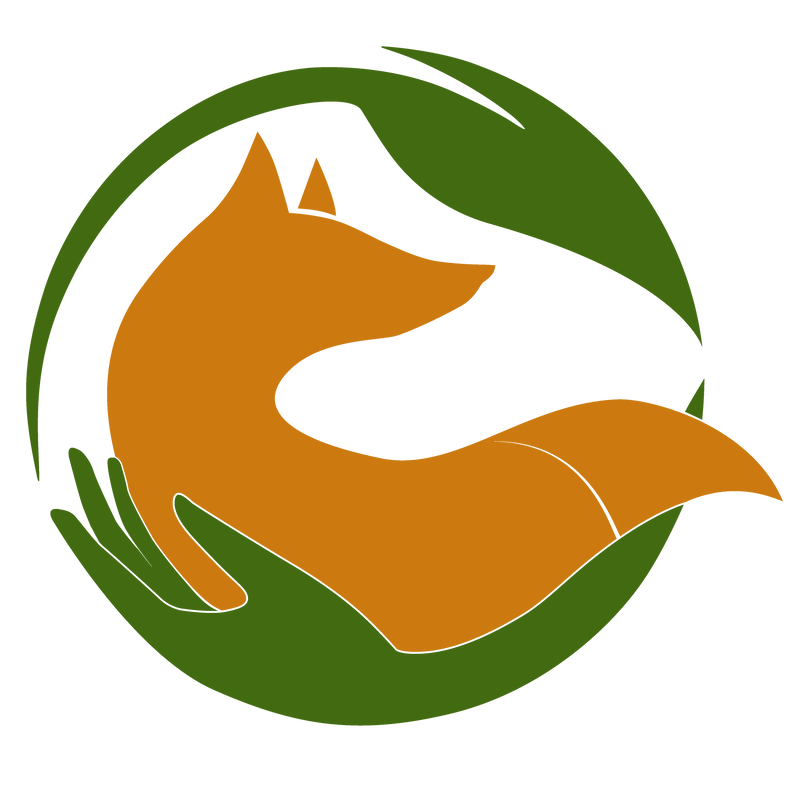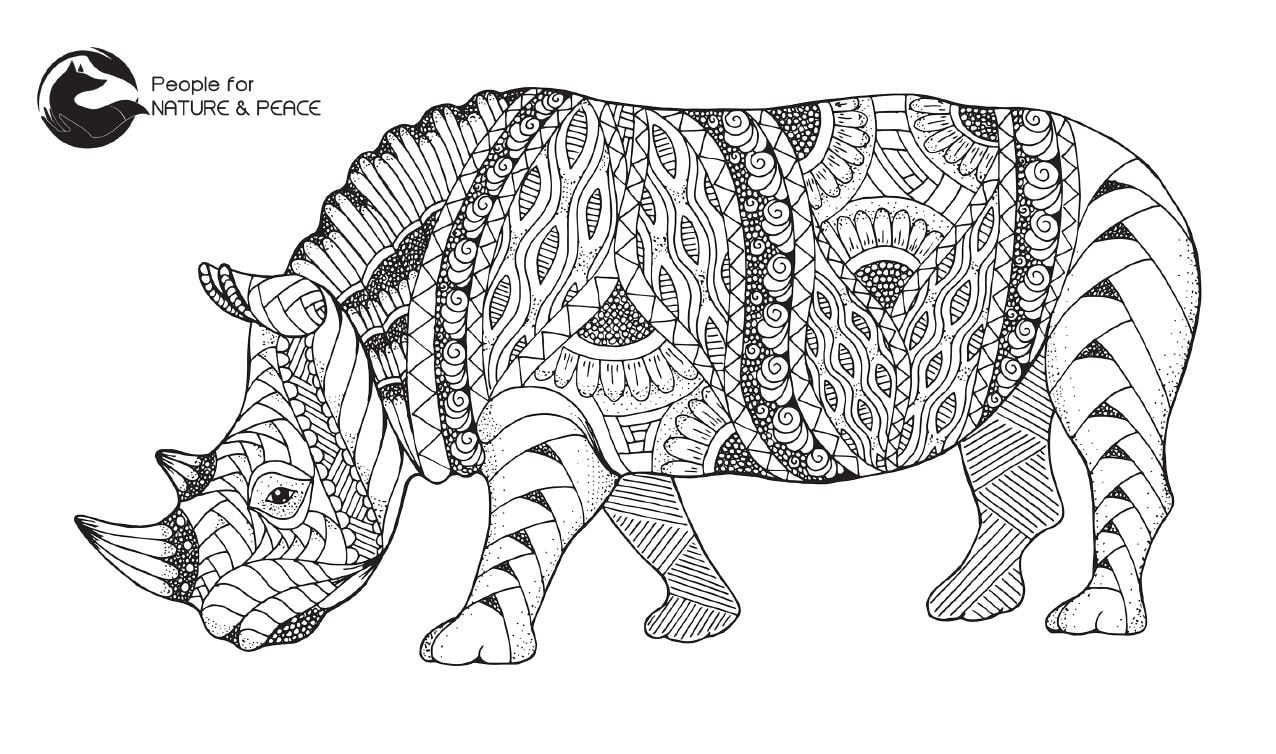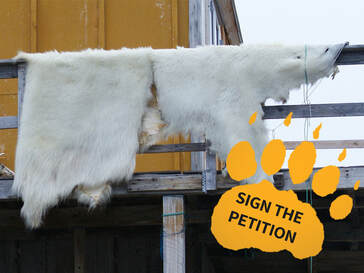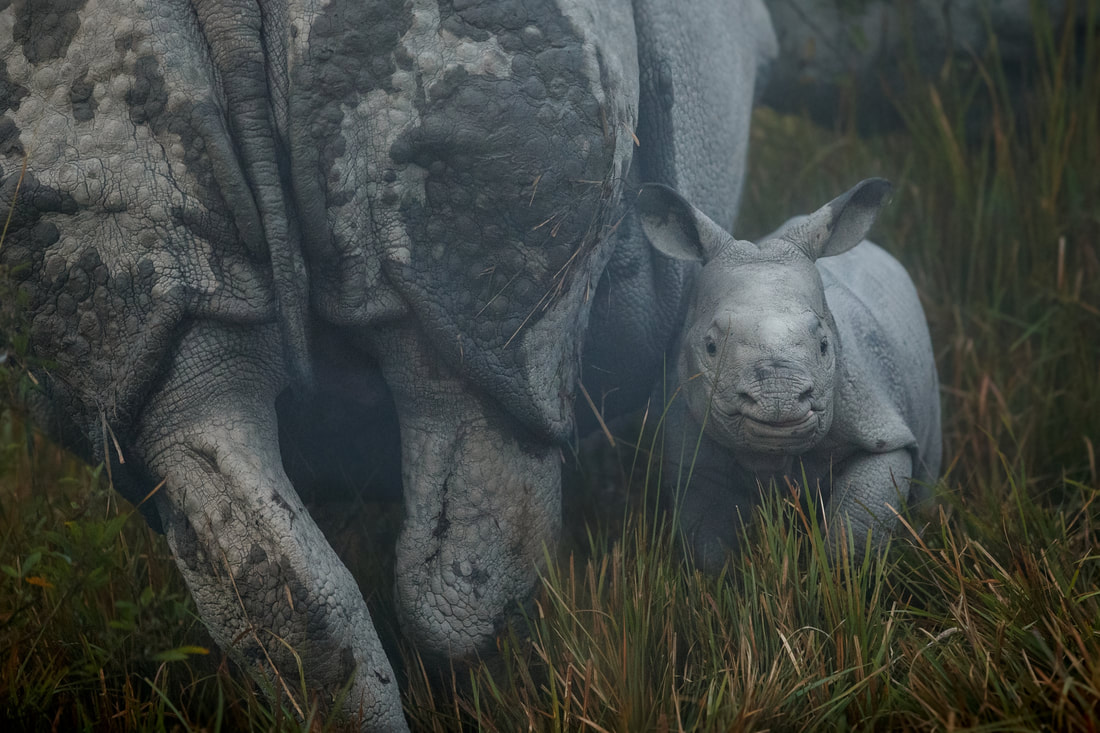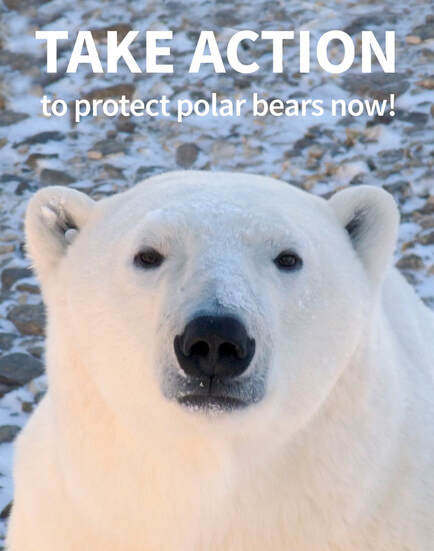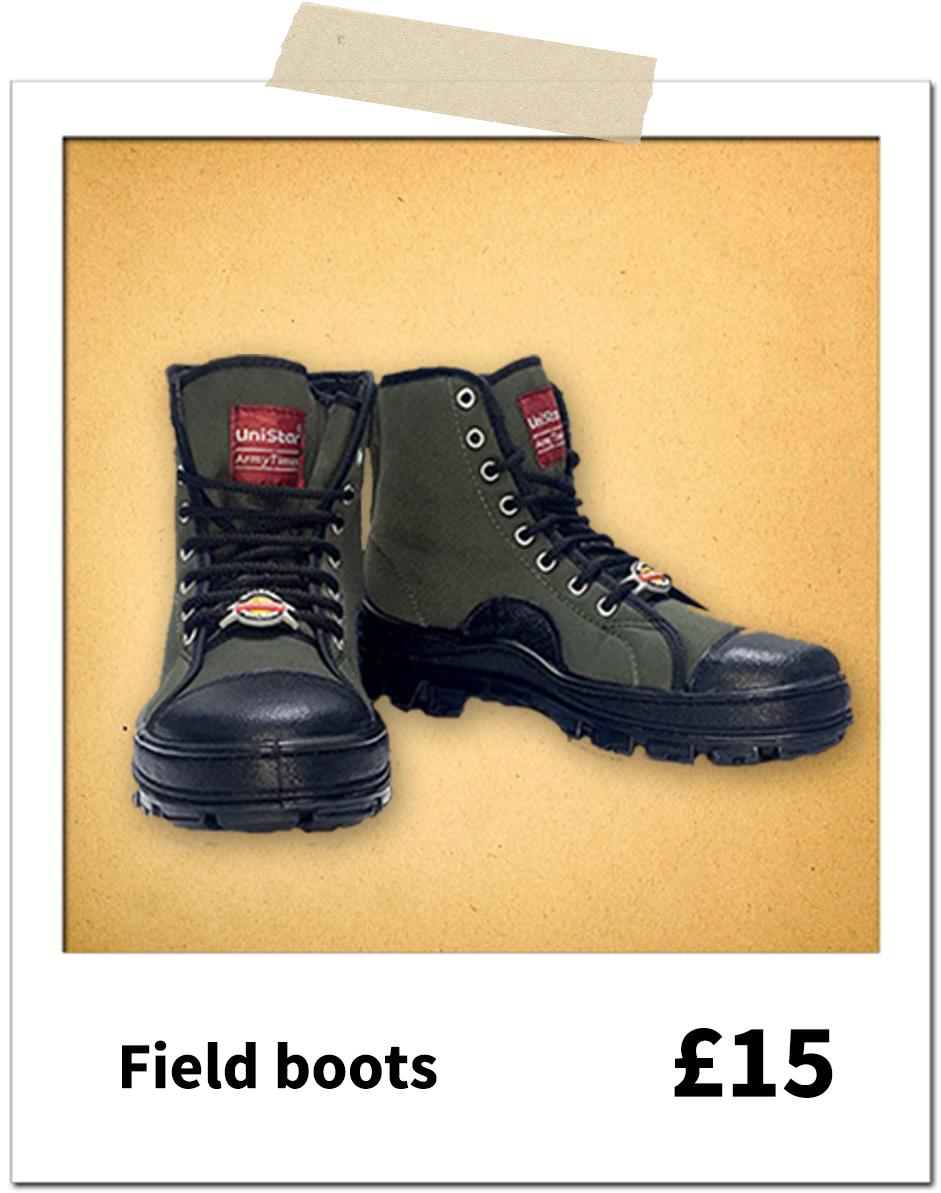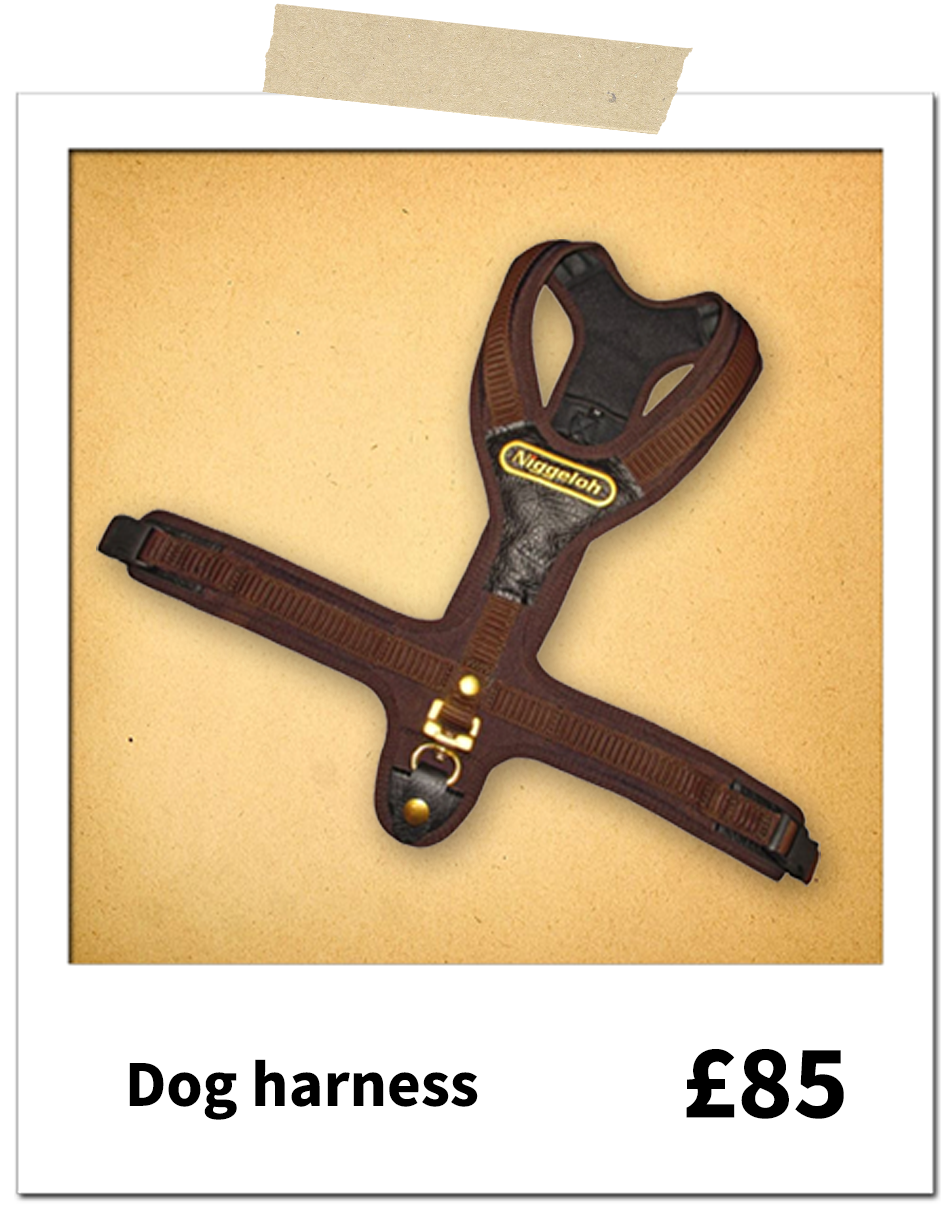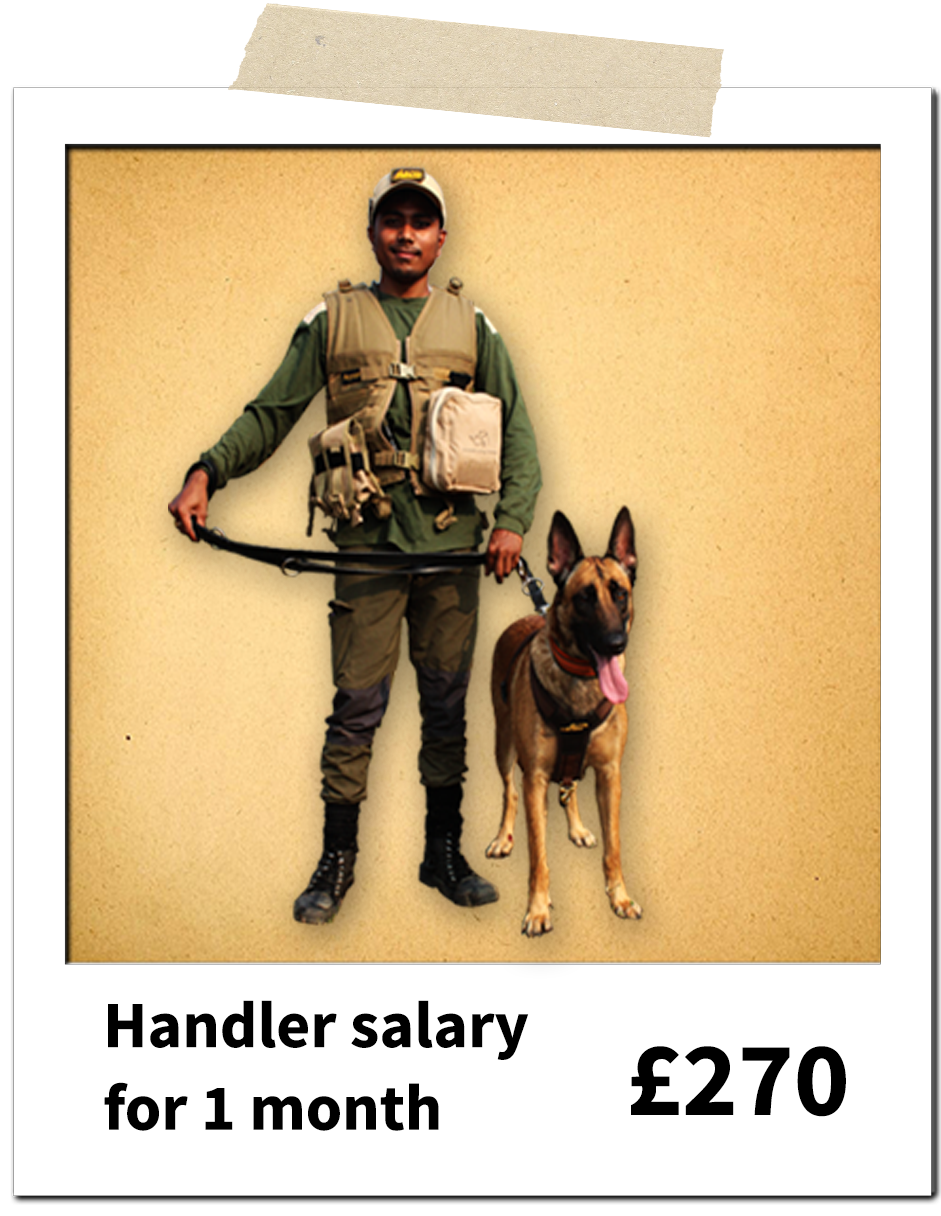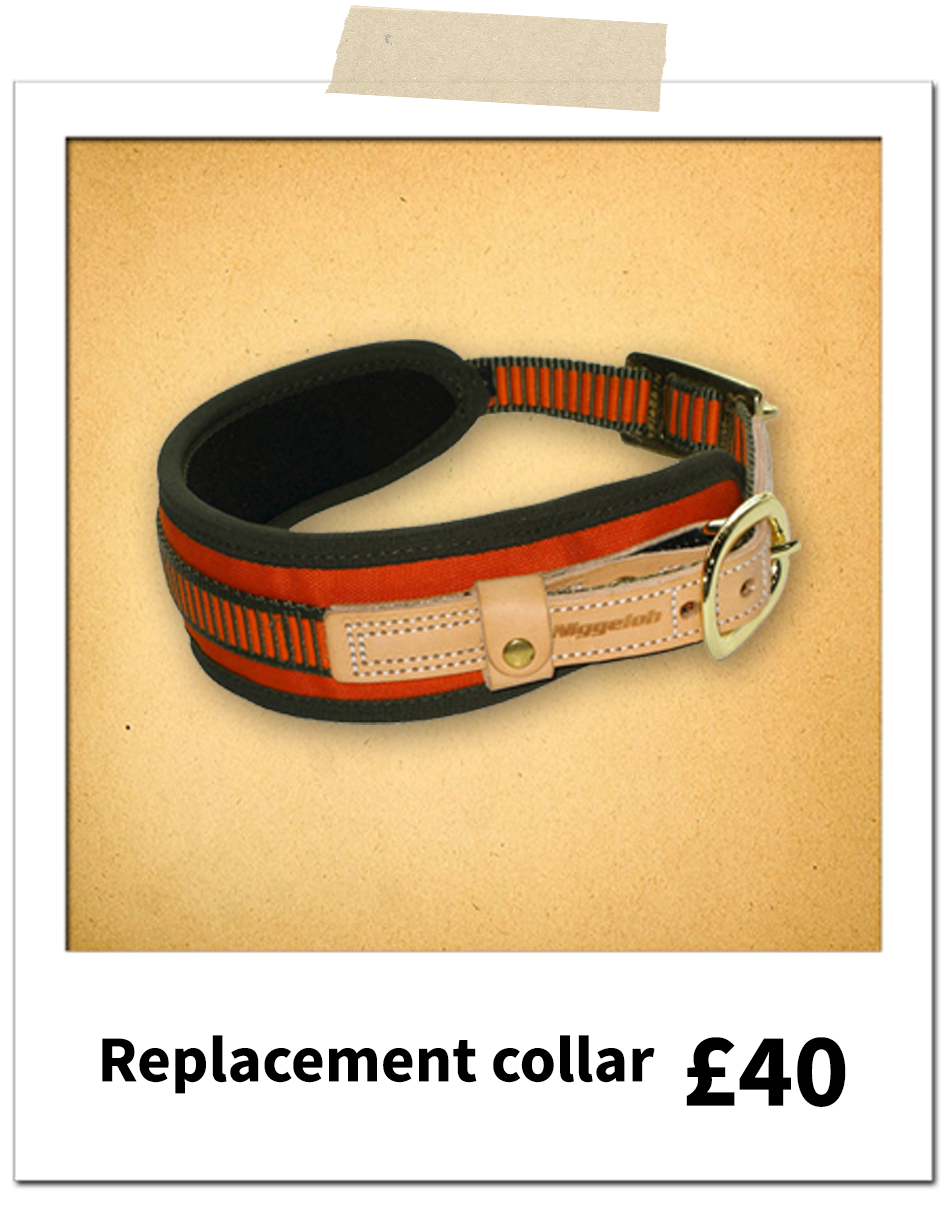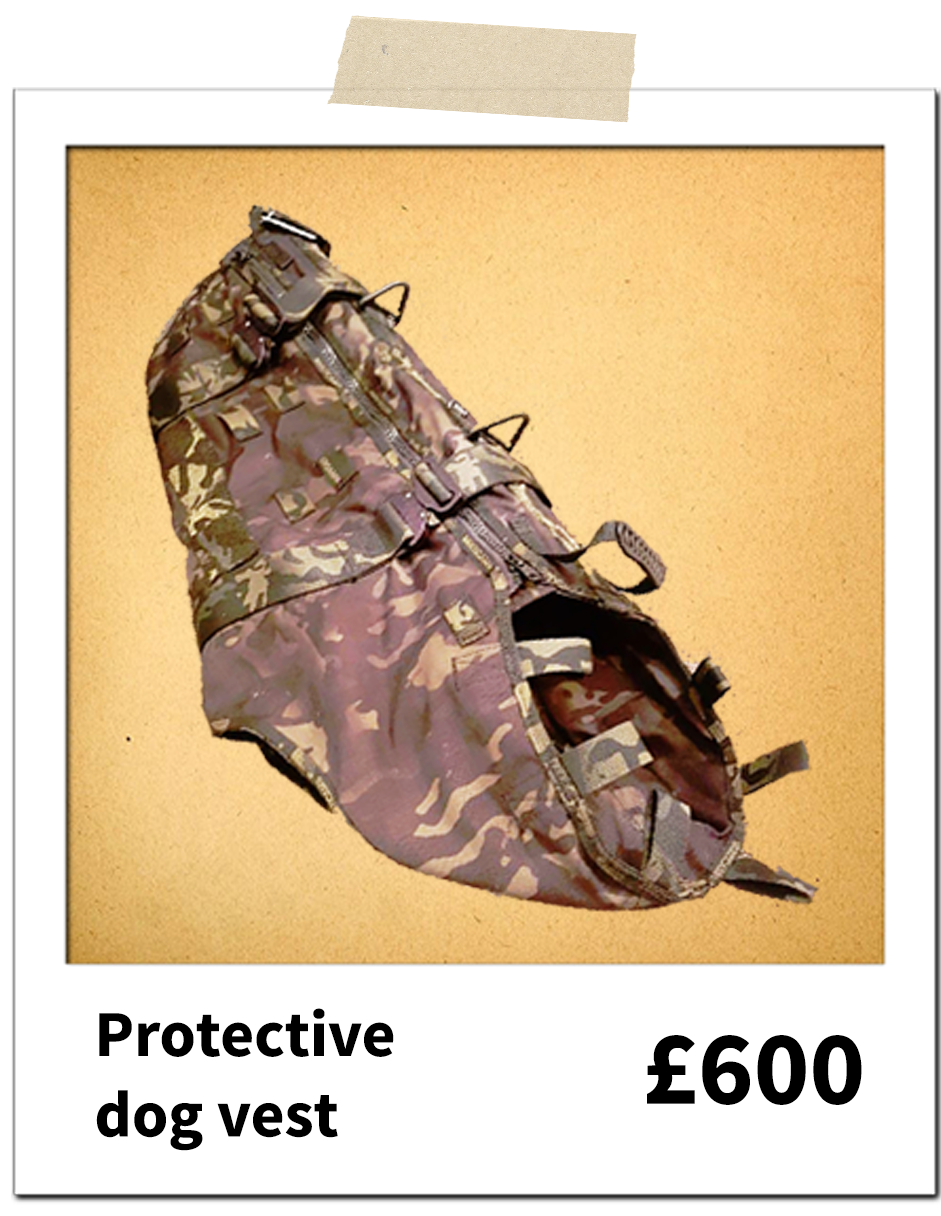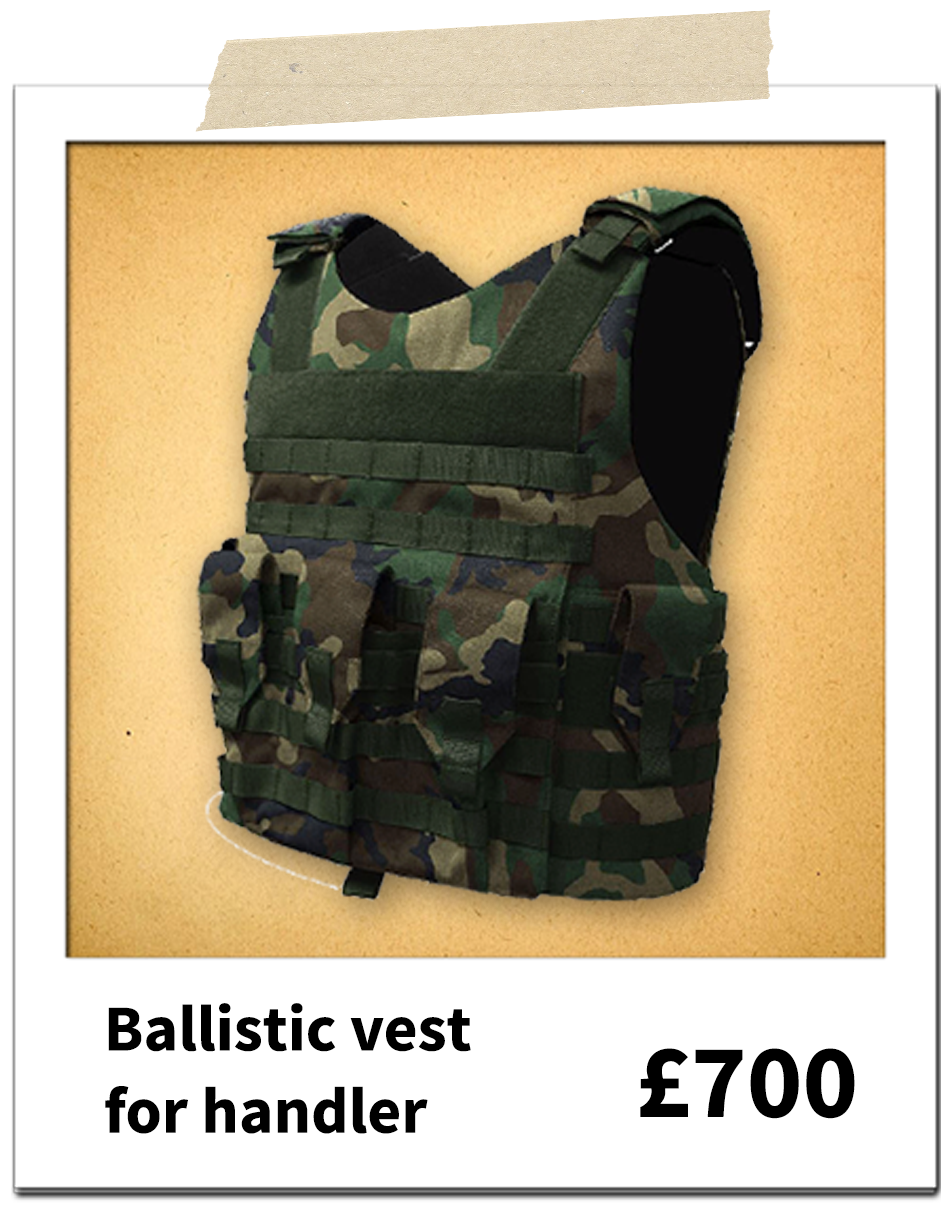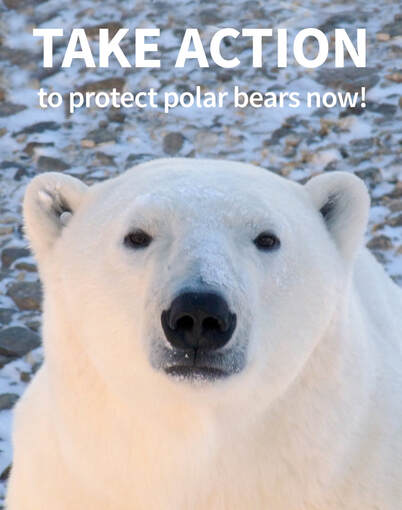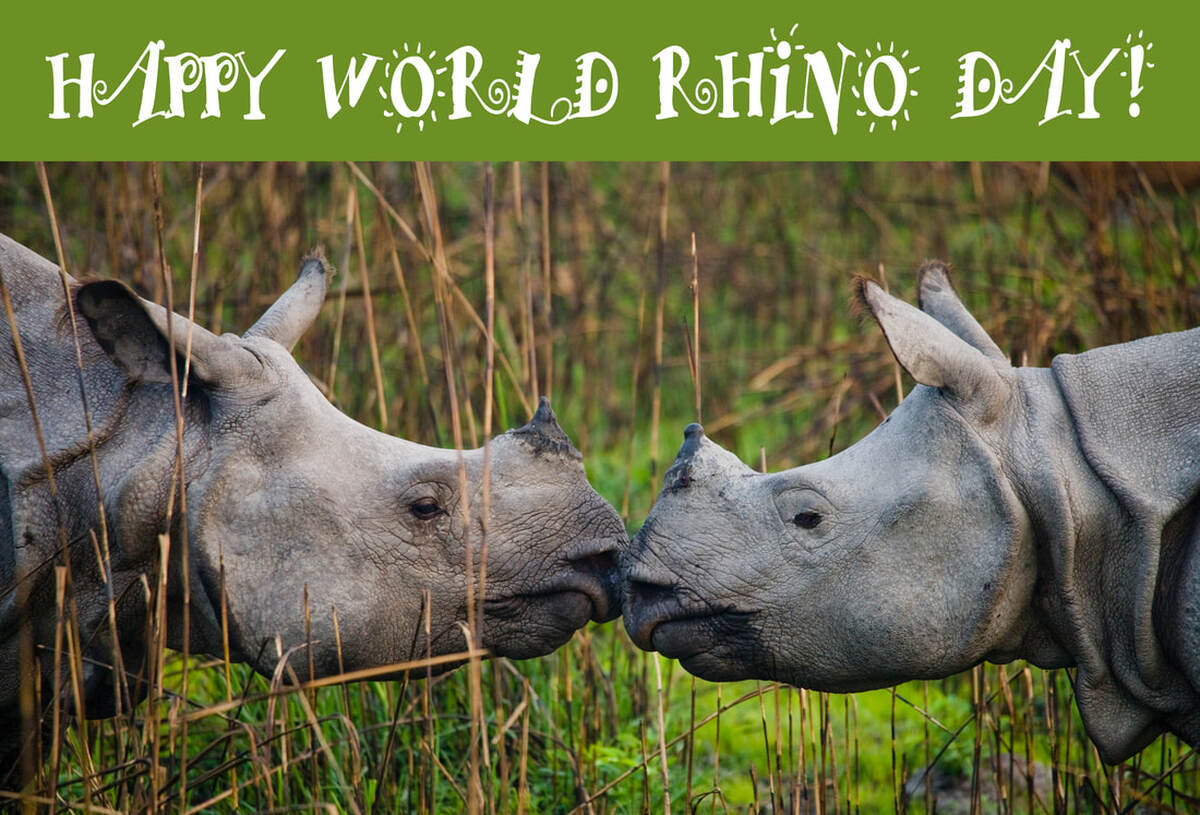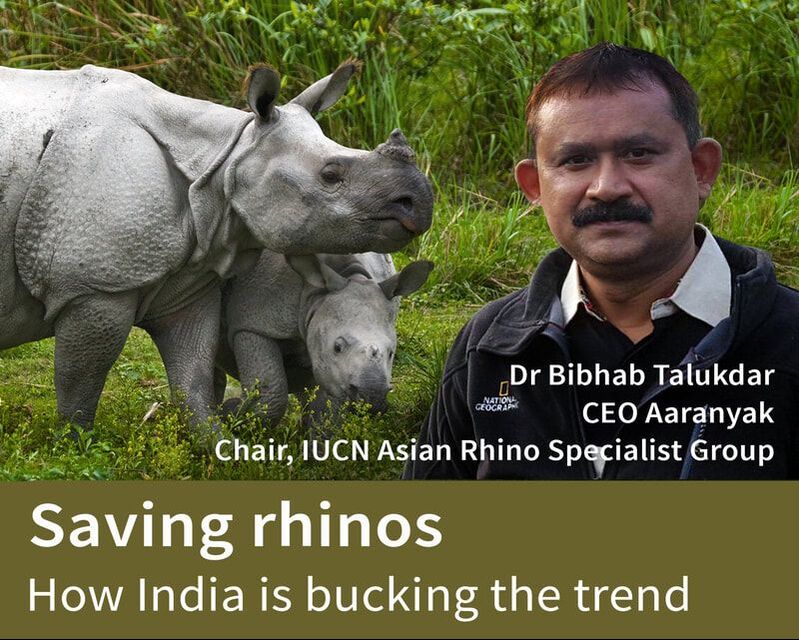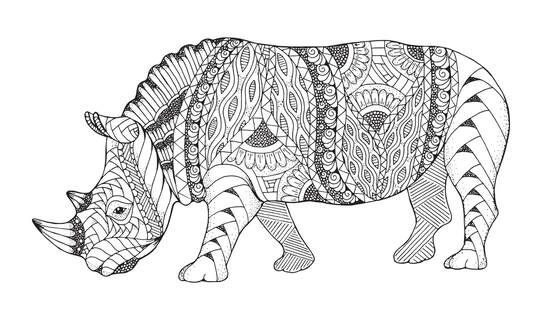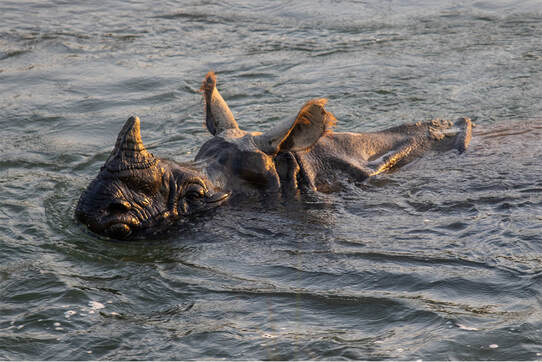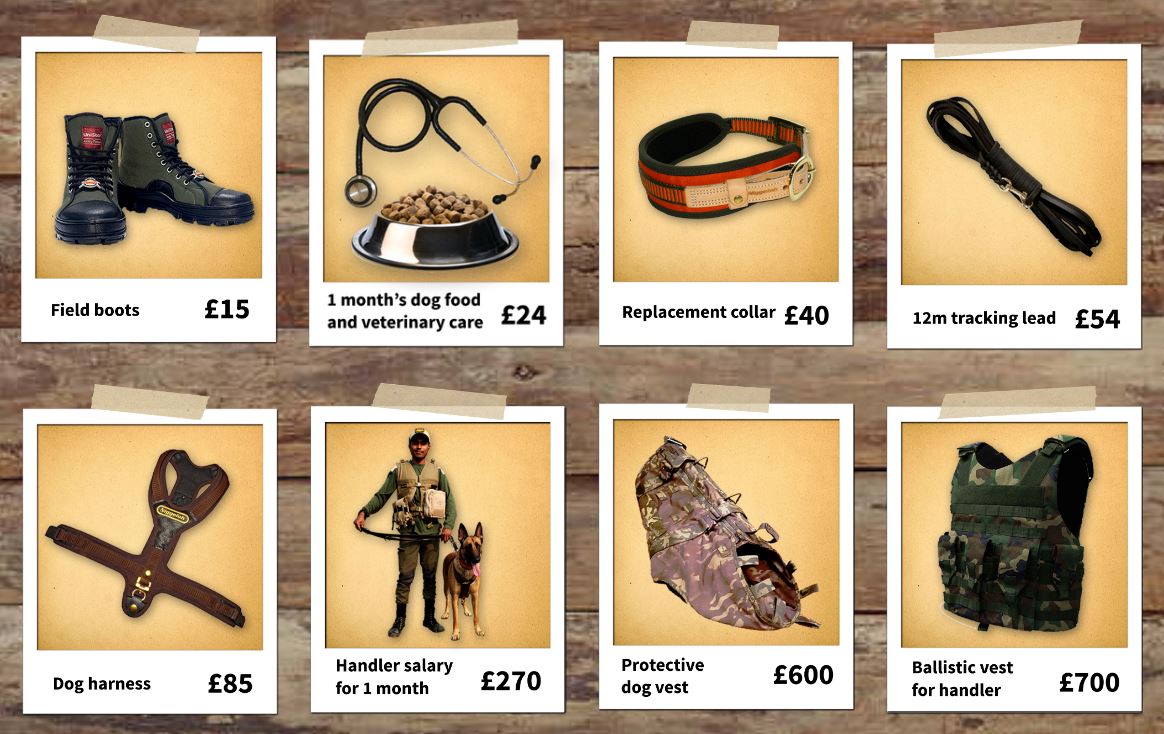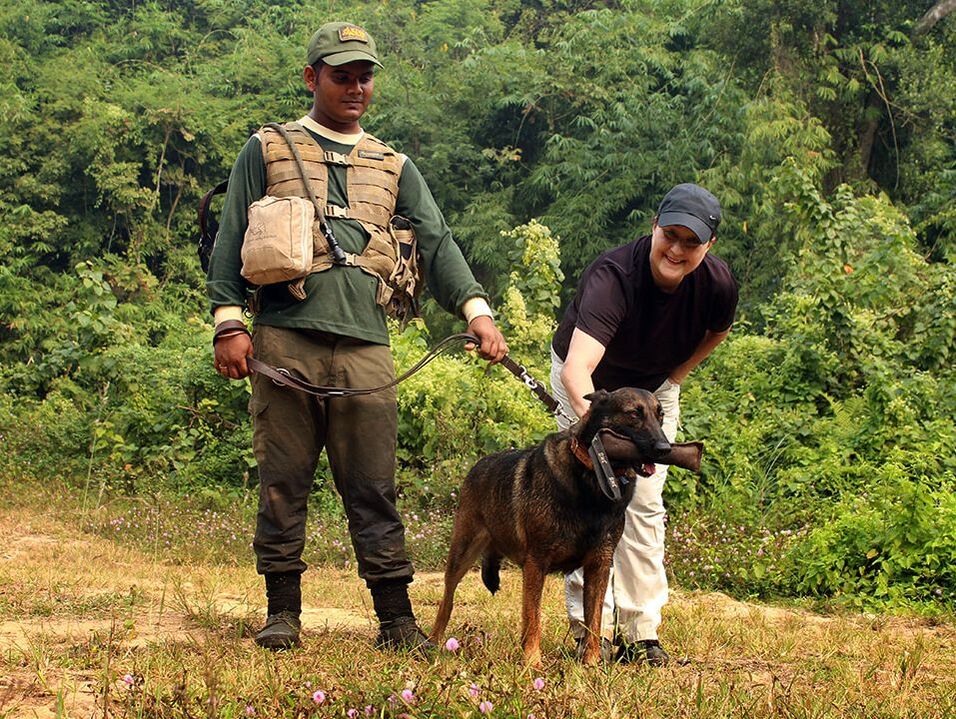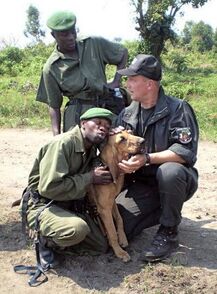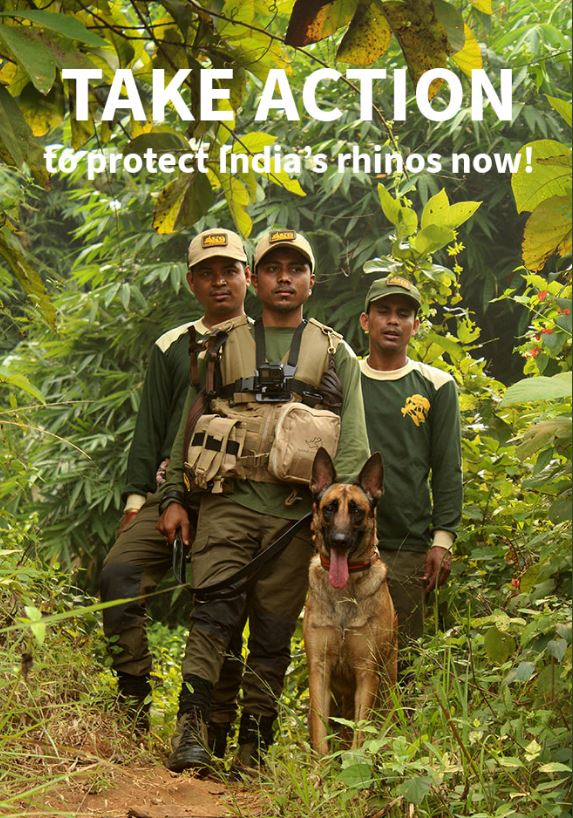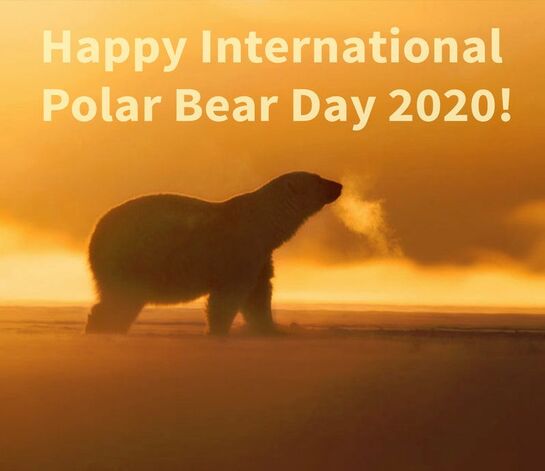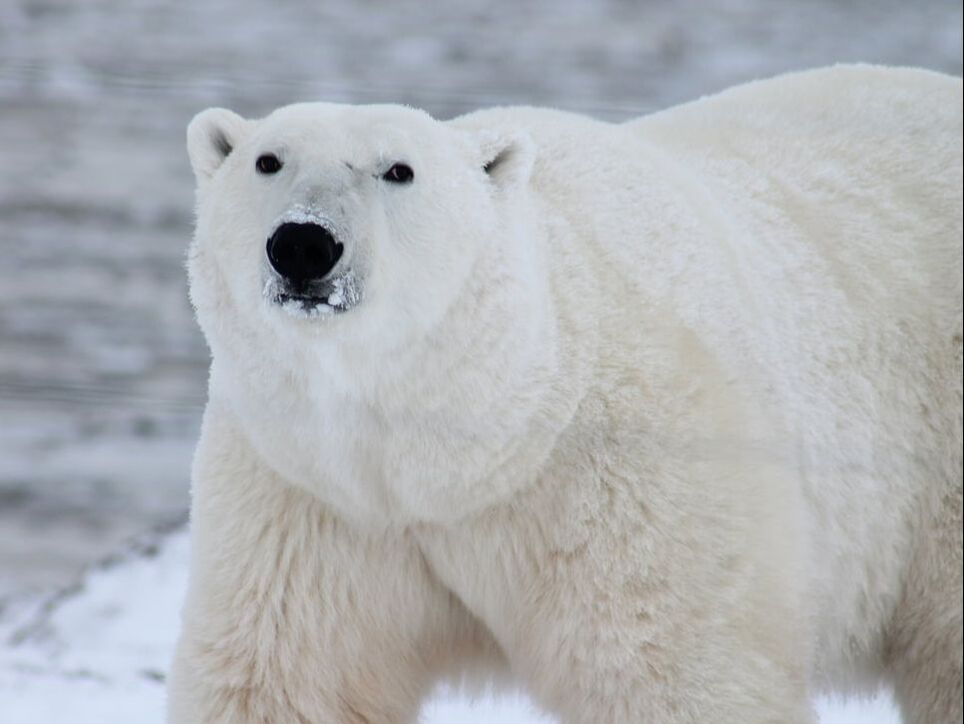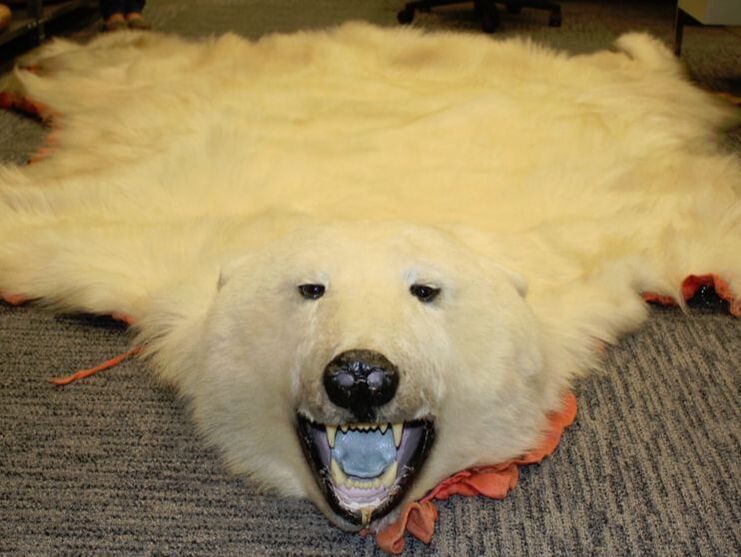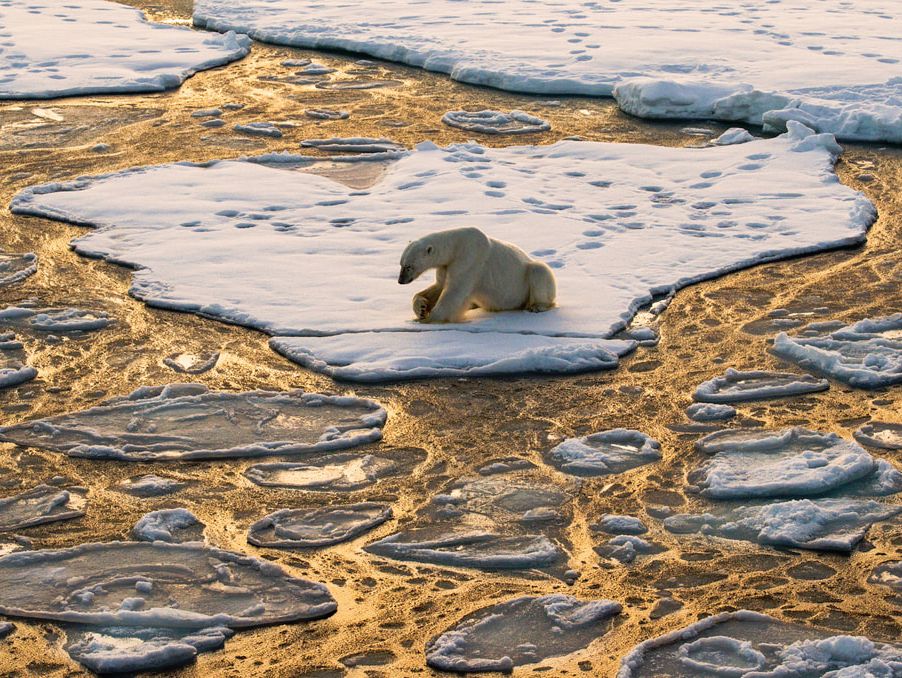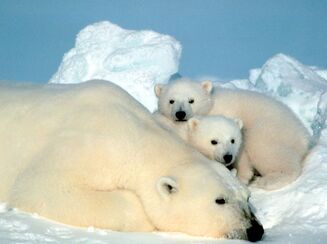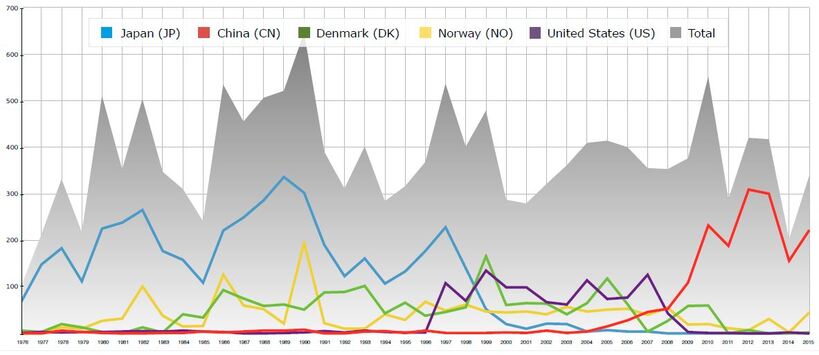Today is
Celebrate the world's rhinos with us today (and every day)
|
|
Norway is the world's second largest importer of polar bear skins. Despite protecting its own polar bears from hunting since 1973, Norway imported the furs of 1,104 polar bears from Canada between 1990 and 2015. That's an average of 40 dead bears a year. Right now, the government is considering whether to ban these imports. |
Stay in touch with polar bearsFind out more about polar bears, what we are doing to help them and how you can make a difference to their lives.
|
Celebrate these glorious animals with us today and every day!
To get things going, we are bringing you a series of rhino related delights. They include information, images and things to do at home, just for fun.
To get things going, we are bringing you a series of rhino related delights. They include information, images and things to do at home, just for fun.
Under Canadian law, Inuit knowledge or Qaujimajatuqangit is considered equally important as science in setting native hunting quotas for polar bears and managing their populations.
The Inuit government of Nunavut, which retains the ultimate authority over polar bear management in the area
The Inuit government of Nunavut, which retains the ultimate authority over polar bear management in the area
Further Information
Help us throw a lifeline to polar bears by putting an end to the growing international trade in polar bear skins
See for yourself
WARNING!
The videos below contain graphic images of polar bear hunts
Thank you!
In some areas in the Canadian Arctic more than 90% of polar bears targeted are large males. The number of polar bears killed during the 2011 and 2012 Canadian hunting seasons exceeded government hunting quotas by 11 percent, adding a growing number of illegal kills to the already high legal death toll.
The average price of polar bear skins at fur auctions in Canada has more than quadrupled between 2006 and 2014 (from CAD 1,311 to CAD 6,063).

